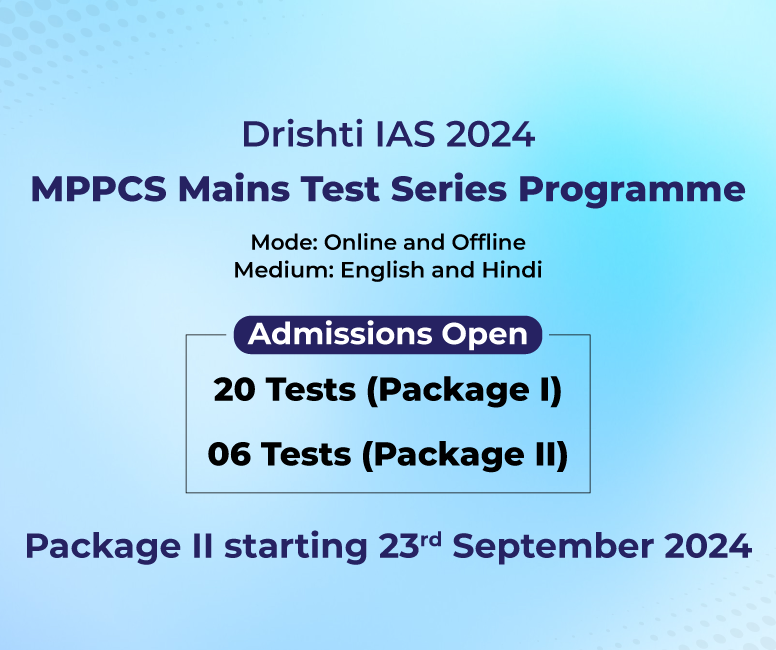Haryana Switch to Hindi
Haryana's Electoral History
Why in News?
Haryana, a small yet politically significant state, has a history of frequent political defections, and its electoral landscape is influenced by key families and caste dynamics.
Key Points
- Birth of Haryana (1966):
- Haryana was carved out of undivided Punjab on November 1, 1966.
- Bhagwat Dayal Sharma, a former Labour Minister of Punjab, was appointed the first CM.
- Initially, Haryana had 54 seats, increased to 81 in 1967, and 90 by 1977.
- Aaya Ram, Gaya Ram Phenomenon (1967):
- Origin of Expression: Gaya Lal, an Independent MLA, switched parties multiple times in a single day.
- Impact: The term "Aaya Ram, Gaya Ram" became a popular descriptor for political turncoats in India.
- Political Dominance of Key Leaders:
- Bansi Lal (1968-1975): A Jat leader from Bhiwani, Bansi Lal held power until the Emergency.
- Devi Lal (1977): Led Janata Party to victory post-Emergency; ousted by Bhajan Lal in 1979.
- Bhajan Lal's Influence (1980-1982): Aligned with Indira Gandhi’s Congress, stayed in power despite frequent party shifts.
- Lok Dal Dominance: Devi Lal's Lok Dal, in alliance with BJP, gained a majority in 1987.
- V P Singh Era: Devi Lal supported V P Singh’s anti-corruption campaign, becoming Deputy PM, with son Om Prakash Chautala taking over Haryana.
- Chautala's Multiple Terms: Om Prakash Chautala served as CM multiple times between 1989 and 1991.
- Hooda's Era (2005-2014): Bhupinder Singh Hooda from Congress led the government, focusing on the Rohtak region.
- BJP's Rise (2014): BJP won 47 seats, making Manohar Lal Khattar the first non-Jat CM of Haryana.
- Current Political Landscape (2024):
- Rural-Urban Divide:
- Urban Regions: Gurugram, Faridabad, Panipat have more industry and non-farming sectors.
- Rural Belt: Central and southern areas like Rewari, Jind, Bhiwani, dominated by farming, with significant Jat population.
- Rural-Urban Divide:
- Jat Belt Concerns:
- Farmers' Protests: Resentment against farm laws, later repealed.
- Agniveer Scheme: Concerns about job security for soldiers.
- Wrestlers’ Protest: Anger over sexual harassment allegations against a BJP leader.
- Unemployment: Youth dissatisfied with job opportunities.
- Urban Regions: Focus on infrastructure, employment, and governance.
- Caste Dynamics:
- OBC Influence: Both BJP and Congress are courting OBC voters; Congress proposes a caste census and enhanced reservation limits.
- Jat-Dalit Coalition: Congress is attempting to bridge historical divides between Jats and Dalits for electoral gains.
Switch to Hindi







.png)
.png)
.png)
.png)
.png)
.png)
.png)
.png)






.png)
.png)
.jpg)
.jpg)











 PCS Parikshan - 2024
PCS Parikshan - 2024

